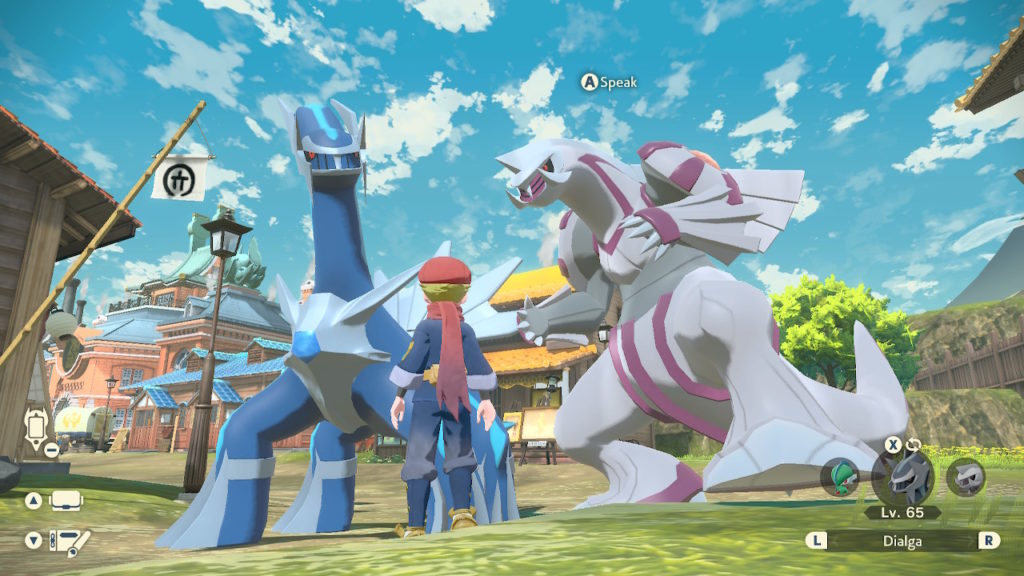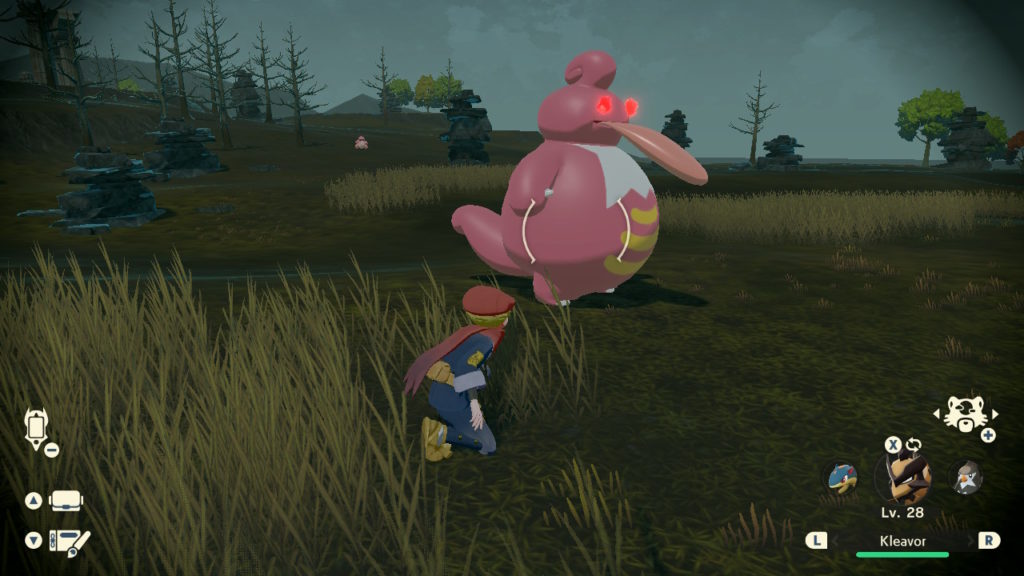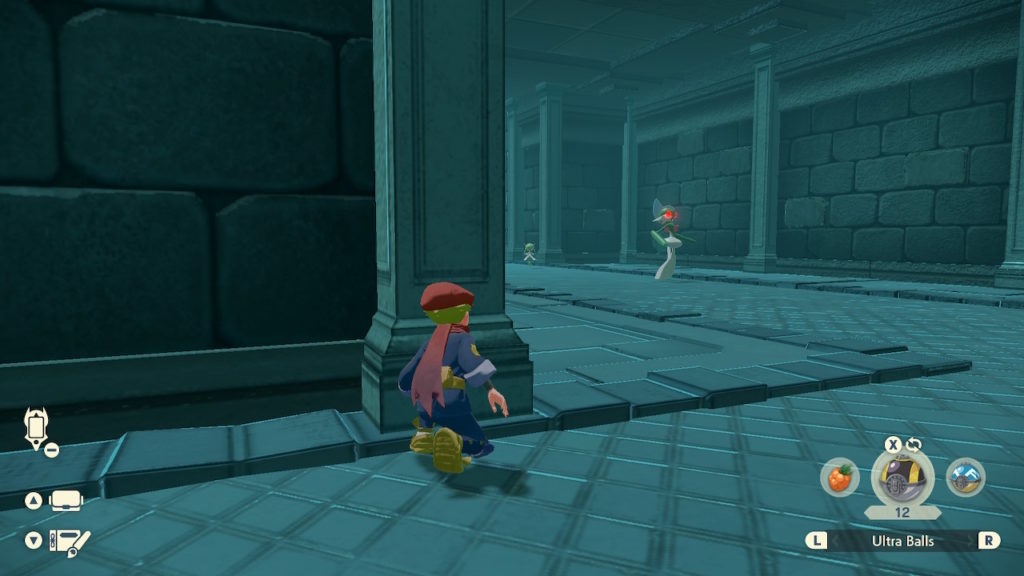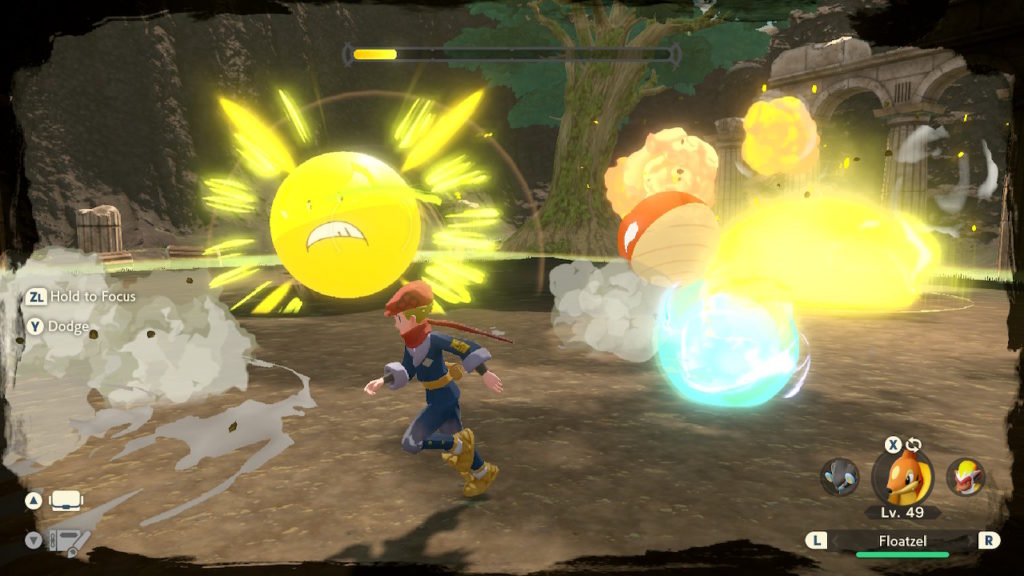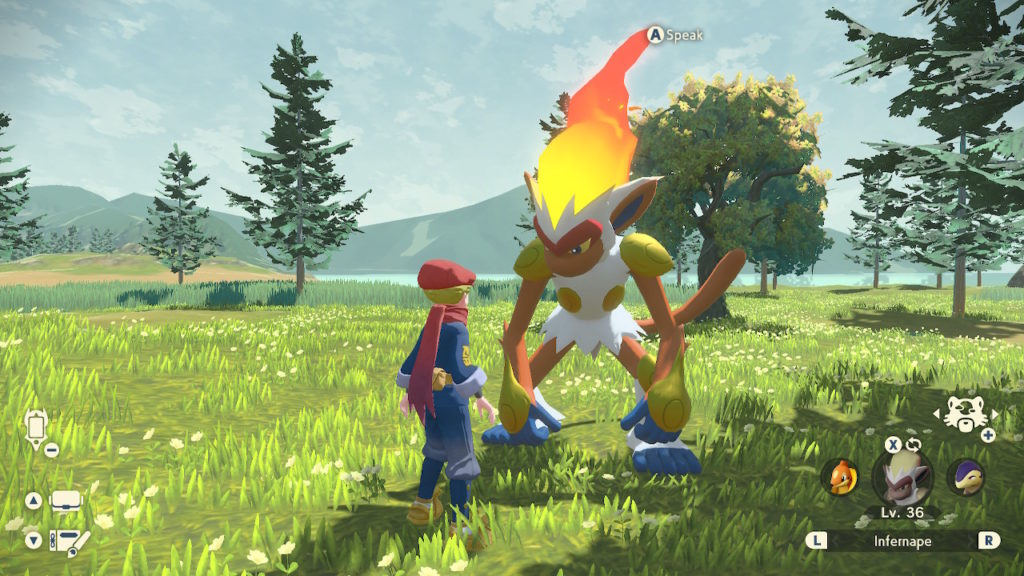- Genre: JRPG
- Platform: PSP
- Also Available On: PS4, Switch
- Originally On: Super Famicom
This is definitely one of those games that kind of got away. It didn’t come out in the US until the PSP, and I completely missed the boat on that. It coming out again a couple years ago on modern consoles reminded me of its gap in my library, but it still took until now for me to finally get around to picking it up.
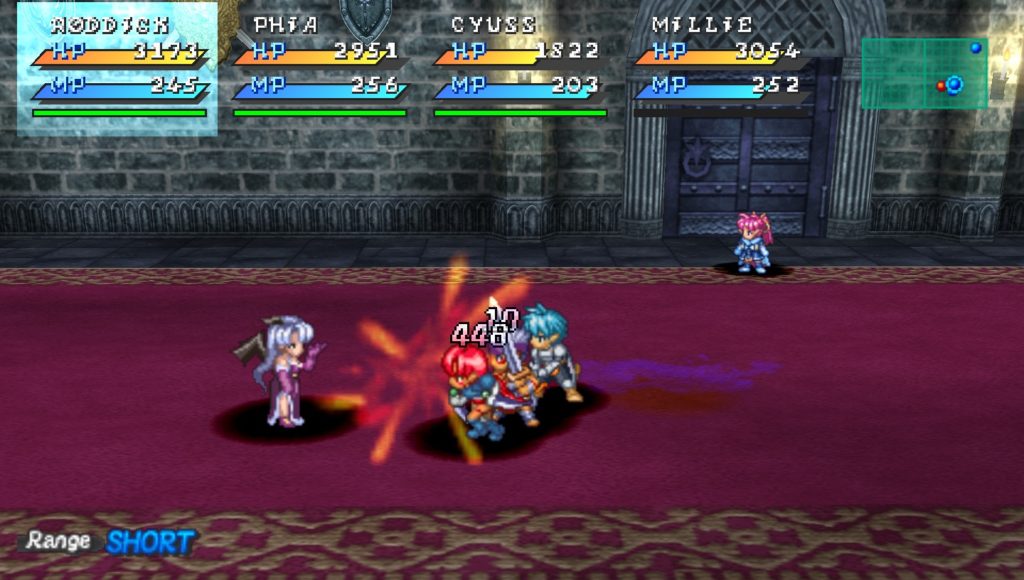
It’s been almost 6 years since the last Star Ocean in my playlist, and the benefit of hindsight shows so much of how that game ended up where it was. My likes playing that one basically read like a laundry list of my likes here.
This is a relatively short game, clocking in at under 15 hours. Because I finished around level 75, you can get a good guess about how quickly I was leveling up. The other benefit is that this allowed me to power through the skill list extremely fast. That in particular is one of my favorite things about leveling in this game. Ya, you get your leveling stats, but the skills are key. Want to load all in to offense with random armor breaks and offensive boosts? Go nuts, load into those skills. Want your healer to just spam heals to support your glass cannon shenanigans? Go ahead and load into skills that reduce cast and cooldown times. Take all of that and load into skills that reduce your point usage and increase your EXP gain and you’re just flying through the game. The customization possibilities there are a lot of fun and really end up being the focal point of a core metagame that still really works well 25 years later.
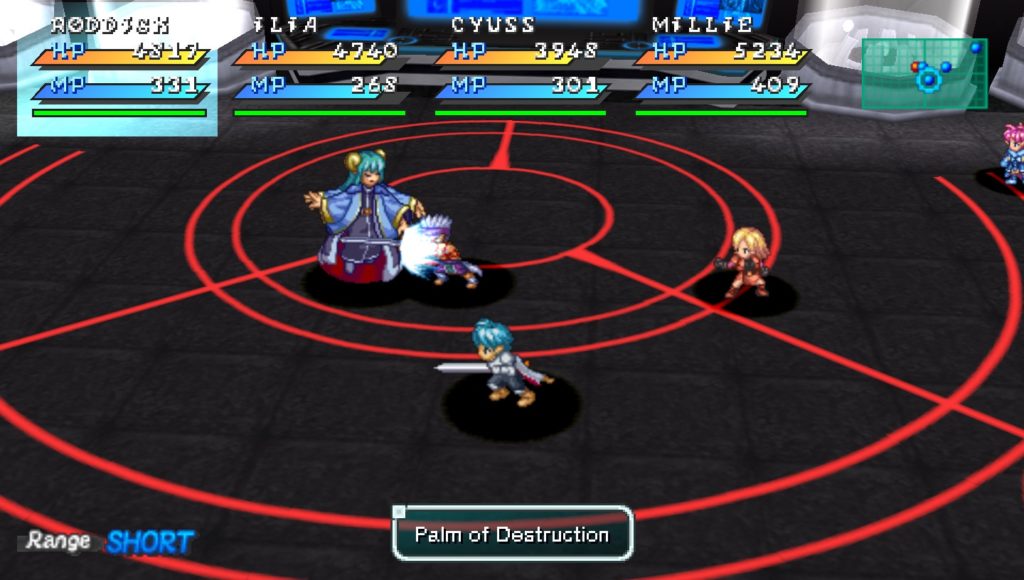
The combat also still manages to be fun, despite its relative simplicity. There’s definitely been games that have done it better in the years since, not the least of which are newer SO titles let alone series like Tales Of. However, this works well enough to allow me to just forget about how modern action-focused JRPGs have gone. The simplicity of having movement, an attack button with a fixed chain, and a couple of skill hotkeys is such an easy thing to fall into. I’m not remembering combos and weaknesses and anything extraneous. I’m just watching out for attacks, dodging them when I can, then spamming the hell outta my attack button to kill things. It combines with some of the skill stuff above (hell ya random dodge chance!) and the short length of the game to really just be enough to keep me going.
The things I do end up missing though are some of the little modern features that just aren’t here. The first of these is really just a lack of direction, and I don’t mean that quite so literally. Every story cutscene ends with a point where you’ve kind of got a random chance that they actually tell you something useful about where to go. More often than not I was just aimlessly wandering. Sure, people will complain about being handheld, but having a blip of like just generally go around here goes a long way to letting me explore and check things out while still eventually knowing the right way to head. I also just severely miss autosaves. Again, I think a lot of people will go “well, they make the game too easy” but I would argue just the opposite. Autosaves allow games to be much harder without wasting the players time. Save often, make individual combat situations difficult, and let players die without time loss. Modern JRPGs have started leaning into this a lot and I much prefer having a quick retry / reset to just before the fight to regroup option because a lot of the general fights in this game were just needlessly easy.
This is stupid, but I also just hate the town layouts. Why are the shops and inn so far apart from each other in pretty much every town? Why are the layouts all mazes without central squares? This was made more frustrating by the fact that you run faster in straight lines than diagonals, so navigating towns was just a slow process.
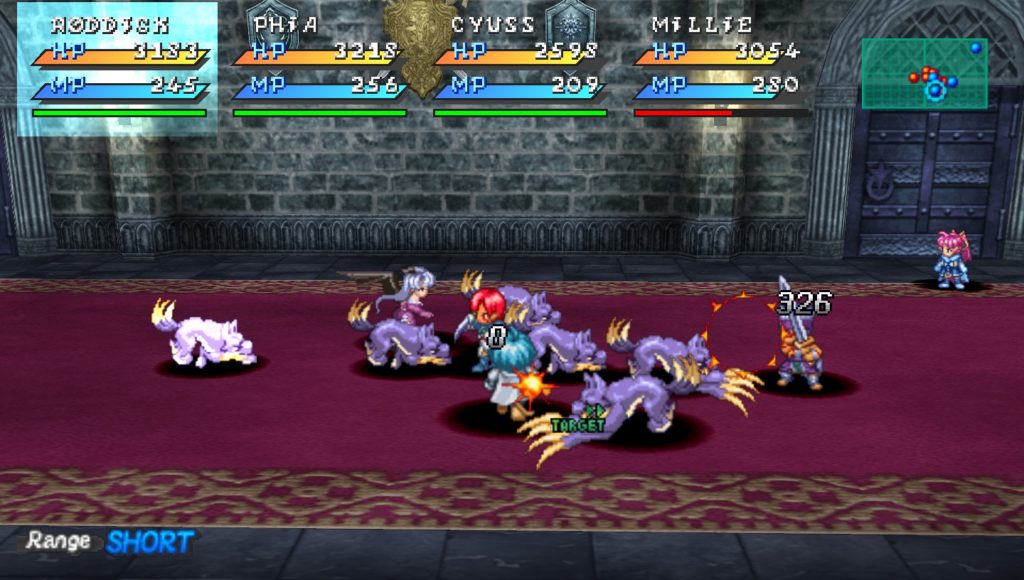
So then the question is less of a did it age well, because it did. It becomes more of a is it worth playing now? I think it’s a yes, perhaps with a bit of hesitation. If you’re kind of on the edge for the genre, I’d perhaps steer you to something modern likes Tales of Arise. If you’re a heavy JRPG fan, absolutely. There’s enough here to be fun, it’s short so it won’t waste a bunch of time, and it’s still entirely modern enough in combat feel to not be distracting. I may recommend waiting a bit for a sale, but even at its current price of $21 on PSN/Nintendo eShop, that’s not too bad of a deal for a pretty solid piece of gaming history.


